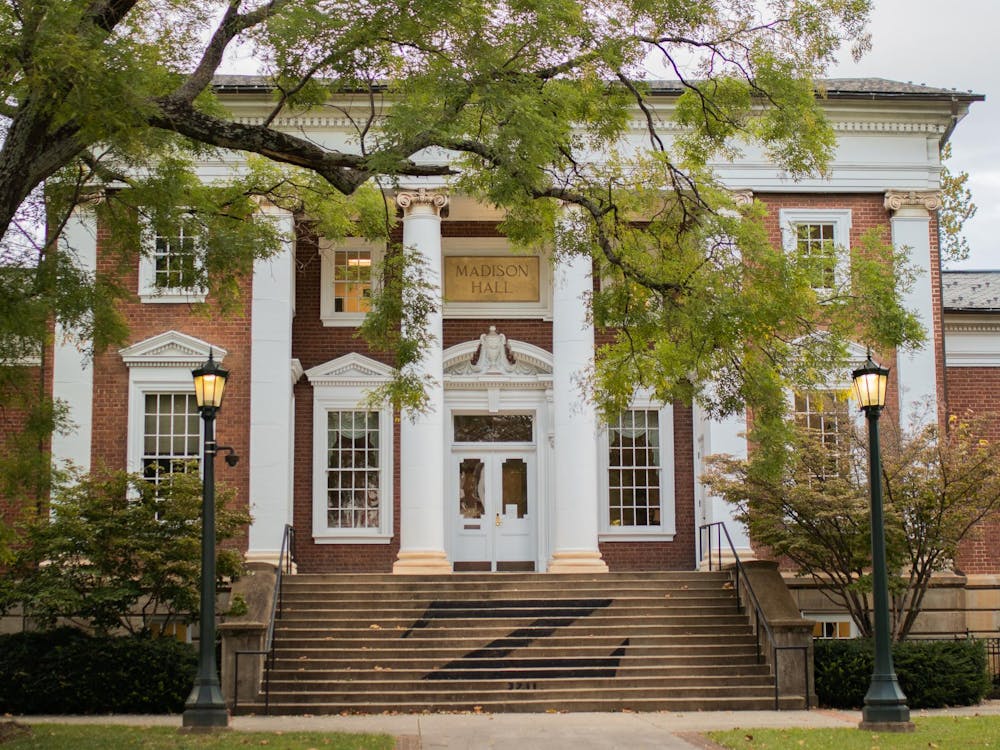Although final decisions concerning changes to tuition rates will not be made until April, the Board of Visitors met over the weekend to begin preliminary discussions on future costs of attending the University.
According to University officials, the amount of tuition increase relies heavily upon the funding the University receives from the state.
"We are at the mercy of the legislature," said Board member William Goodwin, chair of the finance committee.
Goodwin stressed that until the Virginia State legislature makes a decision regarding the allocation of state funds, it is hard for the Board to make any absolute rulings on tuition increases.
"It's all premature," Goodwin said.
Based on pending state funds, undergraduate tuition could increase anywhere from $510 per student, in the event of 60 percent state funding, a best case scenario, to $1,035 per student if the state provides no assistance.
The best case scenario represents an 11 percent increase for in-state students and a 2.5 percent increase for out-of-state students. No state assistance would mean a 22.5 percent in-state increase and a 5 percent increase for out-of-state students.
"We gave the Board a best-case and worst-case scenario," said Colette Sheehy, University vice president for management and budget.
According to Sheehy, the meeting over the weekend focused on laying out the preliminary tuition structure for the 2004-2005 academic year, which was influenced by four major goals, including both state targets as well as specific University needs.
First, the University needs to provide a 2.25 percent pay raise for the faculty and staff in order to meet state targets. Sheehy said 7/12 of the percentage is included in the current University budget, and, to meet target levels, the rest of the funding must come from other sources.
Secondly, to meet additional state targets, the University must meet the salary requirements of its national peer group in the 60th percentile, which includes the University of North Carolina at Chapel Hill and Duke University. According to Sheehy, the University is in the process of working its way up from the 27th percentile.
Third, according to another state target, the University should reach "base-level" adequacy goals, which is the funding deemed necessary to support undergraduate and graduate education. These adequacy goals include credit hours, specific types of degrees and technology.
Sheehy said the University needed to provide a total of $30 million over four years in order to meet the base-level requirements.
Lastly, the University is working to be able to fund 100 percent of the demonstrated financial aid need of all undergraduate students.
According to Sheehy, until all of these four goals are accomplished, some form of tuition increase is inevitable.
At this point, however, University officials stress that no definite increases have been made to next year's rates. While Gov. Mark R. Warner is expected to release his proposed budget for the next fiscal year Dec. 17, the finalized budget will not be available until mid-March, after the Virginia General Assembly meets.
The Board will meet again in February to continue discussions and in April to finalize tuition rates.






